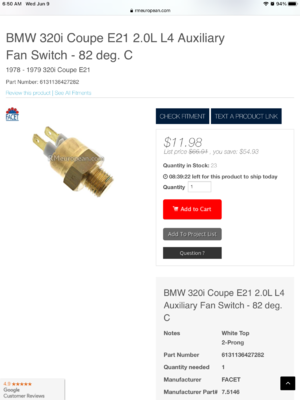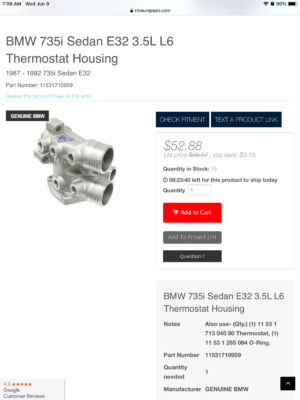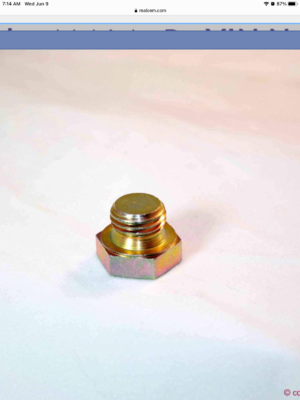I just realized last night that the temp sensor I got is a single wire/terminal, which means it grounds through the case, which means it won't work on our style radiators. Correct? The sensor bung is in the lower section of the radiator. I suppose a ground strap to the radiator would work but that would be kinda shade tree. I'm assuming a two-wire sensor is a must.
Or, should ALL aluminum radiators be grounded?

Or, should ALL aluminum radiators be grounded?
Last edited:






